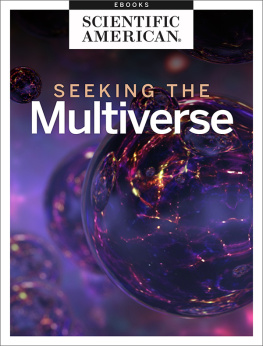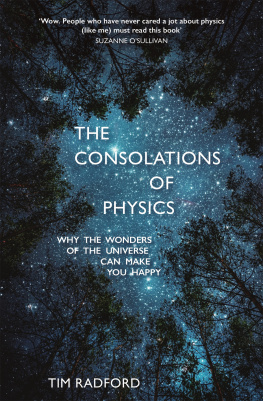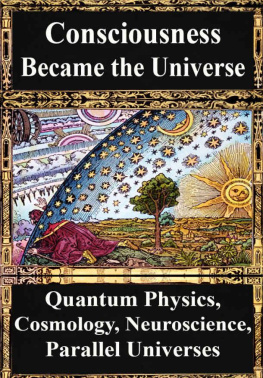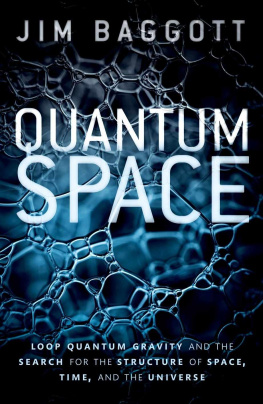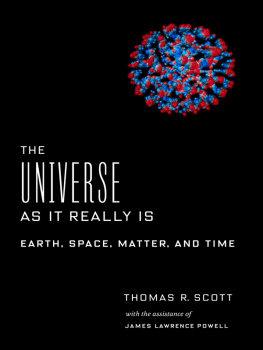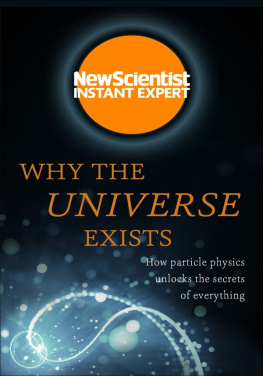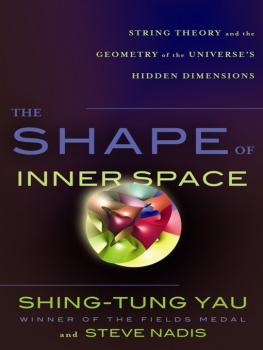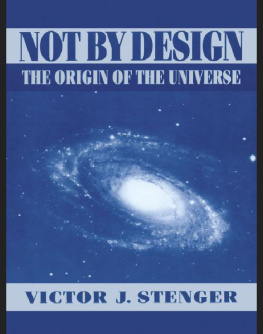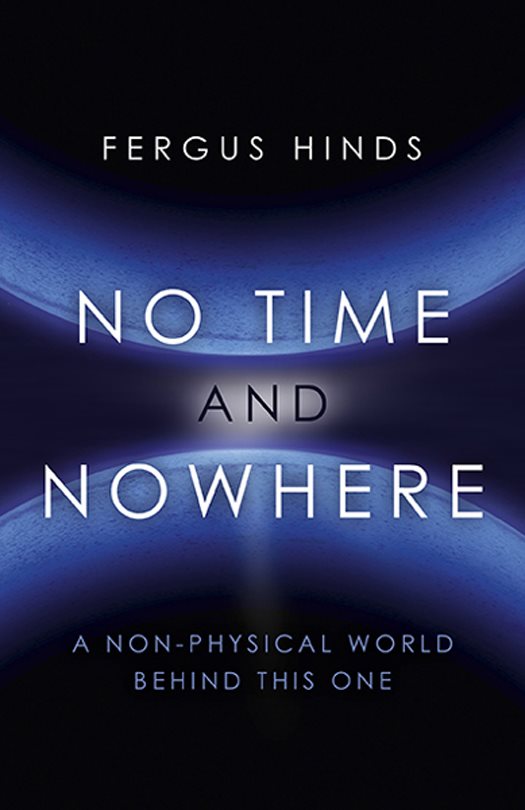First published by iff Books, 2016
iff Books is an imprint of John Hunt Publishing Ltd., Laurel House, Station Approach, Alresford, Hants, SO24 9JH, UK
www.johnhuntpublishing.com
www.iff-books.com
For distributor details and how to order please visit the Ordering section on our website.
Text copyright: Fergus Hinds 2015
ISBN: 978 1 78535 185 3
Library of Congress Control Number: 2015953281
All rights reserved. Except for brief quotations in critical articles or reviews, no part of this book may be reproduced in any manner without prior written permission from the publishers.
The rights of Fergus Hinds as author have been asserted in accordance with the Copyright, Designs and Patents Act 1988.
A CIP catalogue record for this book is available from the British Library.
Design: Stuart Davies
Printed and bound by CPI Group (UK) Ltd, Croydon, CR0 4YY, UK
We operate a distinctive and ethical publishing philosophy in all areas of our business, from our global network of authors to production and worldwide distribution.
Other Works
RICHES FROM WRECKS
The Recovery of Sunken Cargoes
I am pleased to acknowledge that this book contains a number of cases taken from Apparitions by Celia Green and Charles McCreery, published by the Institute of Psychophysical Research.
The IPR is an independent academic research organisation, based in Cuddesdon near Oxford, which aims to study the psychology and physiology of quasi-perceptual experiences, and which depends on private rather than governmental funding.
Potential supporters or voluntary workers who would like more information about the IPR should visit:
www.celiagreen.com
Preface
The Question
An immaterial domain behind this one is nothing new. That idea has underpinned all religions since human beings first began and its latest formulation is the parallel universe. Physical evidence shedding new light on this domain is the suggestion of two kinds of measureable physical activity that have no physical causes.
One is brain activity detectable on an electro-encephalogram which relates to thoughts that just appear, they are neither self-generated nor induced by sensory inputs from outside our heads. Where such thoughts relate to contemporary affairs the non-physicality manifests itself as the unaccountable conveyance and sometimes storage of information; where they concern future events the question is the apparent conveyance of information through time. The second unaccountable physical activity is the peculiar behaviour of matter on a very small scale in physics laboratories, its apparent non-physicality being observable as derangements of space or time once again mediated by information. The two are not at all the same thing but their shared physical acausality is curious.

J.W. Dunne was an aircraft designer in the early years of the twentieth century, a practical man not in the least credulous or fey. In 1927 he published a remarkable book called An Experiment with Time which has been in print continuously ever since. It arose from a few striking dreams he had which seemed to presage later events, and then his discovering that other people had them too.
If precognitions stand scrutiny there is its startling temporal anomaly to contend with, but that masks another less dramatic but equally inexplicable feature of it the conveyance of information in an unaccountable way. Such information has three distinct presentations in waking psychological contexts. One of them is shared hallucinations.
To understand the enormity of these experiences imagine a solitary healthy man looking up from a football report in his newspaper to see the figure of a muddy and dispirited soldier in battledress standing in the corner of his room when there is no man there and no man-like object he could mistake for one. He is hallucinating, which is to say he is creating the image is his own head without any ocular input to the process. Now imagine three people in company all seeing without prompting the same non-existent figure in the same part of their environment for the same length time. That has happened occasionally, and when it does it poses this question: Why does each person create for himself the same thing? What is the information specifying the image and how does it get into the heads of these observers?
The same questions on conveyance and uniformity can be asked of ghosts confining that term to the same figure repeatedly appearing in the same place to different people on different occasions, sometimes to people who knew nothing of it before. Once again, why that particular image and not some other? Where does the specification lie between appearances? How does it find its way into their heads? First it is not there and then it is something is arriving to account for the uniform imagery.
The detail in all these experiences is such that the uniformity cannot be chance, and there are no analogies to allow even an ordinary guess at an explanation. Nor can these visual experiences be dismissed out of hand, for realities experiences through our senses are not the only realities. Were the headless wraith of Charles I seen drifting down Whitehall some January night not much could be said or inferred about the spectre itself, but the image of it is a fact in the observers mind and grist to the mill of contemporary investigation. The essence of all ghosts is images and not external objects, though they are none the less real for that. Visual illusions misconstruing real ocular inputs are quite different to these that have none; spontaneous pathological hallucinations repeat and are distressing; the cause of those induced by ingesting hallucinogens is conspicuously physical. Each can be easily differentiated from these unprompted one-off experiences of healthy individuals.
The specification for the collective and successive images is not conveyed by sight, neither grossly nor subliminally, or everyone would see them and there would be photographs of them. It is not by ordinary speech when there is more than one observer present because it takes more words to describe scenes than the duration of these experiences generally allows time for. It is not by sound directly because we do not image sound visually. It cannot be by touch, smell or taste for the same reason and because they are confined to contact sensations. Thus the specification is not being conveyed in any sensory way, and it takes only a moment to run through all the other recognized physical influences to see that it is not transmitted by any of them either. We understand our physiology well enough to know that we have no receptors that allow us to enjoy any adventitious images as distinct from activating ones already there that are conveyed by compression waves other than sound, or by electro-magnetic radiation outside the visual frequencies, or electric currents, electrical or magnetic fields, or cerebral probes. It is not by radiated particles, nuclear forces or gravity either. There is nothing else; for this externally sourced information non-sensory implies non-physical.
There are only three ways to account for the reports of these hallucinations. The first and commonest is to suppose that the figures do not exist at all, and therefore that the observers did not experience what they thought they did and were suggestible or credulous and mistaken. There is no evidence for that assumption, which is really a reluctance to hold any view at all. The next supposition is that all apparitions have a physical presence; it is true that the observers report external realities with at least enough physicality to reflect light, but that is only their inference and as a hypothesis it flatly contradicts what we know very well of the physical universe. It has been current for centuries but has led nowhere in all that time. The phenomenon is not an external figure but an image internal to that mind only, and as such not easily refuted. The third option is to see shared hallucinations as psychological self-creations harmonized between individuals by detailed information conveyed in some unrecognized way. To make any progress there is nothing for it but to countenance that idea as a possibility because there is no other and see where it leads. The ground is unfamiliar but it is the only path untrodden.


